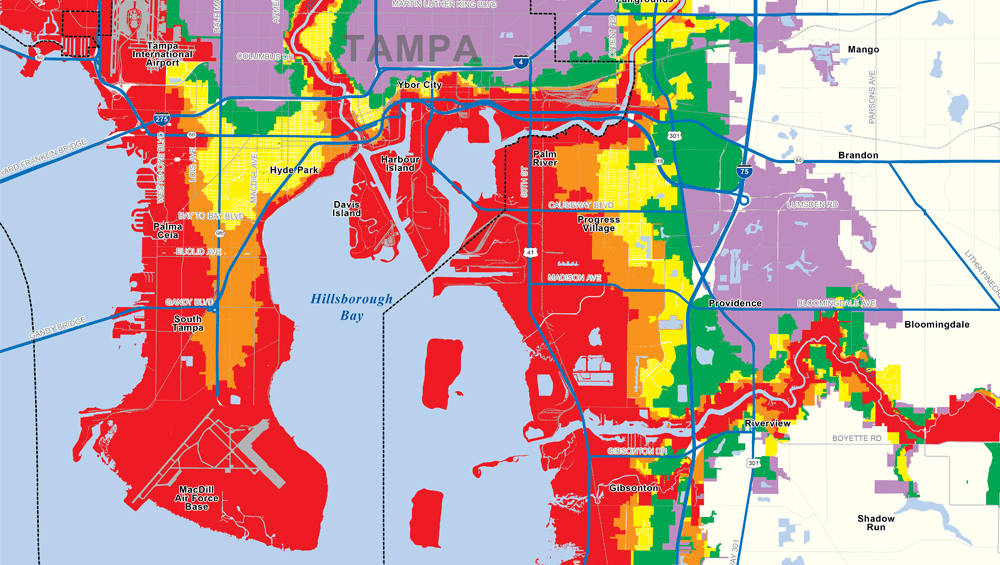Tracking Hurricane Milton: Live Radar, Satellite Images, and Spaghetti Models
As meteorological technology advances and our understanding of weather systems deepens, tracking hurricanes has become increasingly sophisticated. Hurricane Milton is no exception; its path is closely monitored using an array of tools, including live radar, satellite imagery, and intricate spaghetti models. This blog post delves into the essential components involved in tracking Hurricane Milton, exploring the significance of these tools and how they empower emergency responders and citizens alike to prepare for potential impacts.
 Understanding Hurricane Milton's Current Status
Understanding Hurricane Milton's Current Status
Before delving into the specifics of tracking, it's crucial to grasp what Hurricane Milton is currently projected to do. As of the latest updates, Milton has developed into a formidable storm system with winds reaching significant speeds, putting coastal areas on alert. Currently categorized as a Category 2 hurricane, Milton poses risks of heavy rainfall, strong winds, and potential storm surges. The necessity for accurate tracking becomes paramount as communities prepare to mitigate potential damage.
The Role of Live Radar in Tracking Hurricane Milton
Milton Radar technology plays an instrumental role in understanding a hurricane's immediate impact, especially in terms of precipitation and wind speeds. Weather radar systems, including Doppler radar, provide real-time data on storm structures, precipitation intensity, and wind direction. Meteorologists depend on these tools to identify the storm's eye, determine areas of heaviest rainfall, and track the hurricane's movement.
As Hurricane Milton approaches the coast, live radar updates reveal vital information, such as the intensity of rainfall and shifts in wind patterns. Knowing whether the storm's trajectory is shifting east or west can inform residents on possible evacuation needs or shelter preparations. For instance, monitoring the Milton radar can help officials make astute decisions on road closures, evacuation orders, or emergency services deployment.
Accessing Milton Radar
Several national weather services and independent apps provide access to live radar images. Websites such as Weather.com, the National Hurricane Center, and various news outlets offer interactive radar maps that allow users to zoom in on their specific areas of interest. For those in the storm’s path, it’s essential to stay connected to reliable radar sources to receive real-time updates on the hurricane's progression.
The Power of Satellite Imagery in Monitoring Hurricane Milton
While radar provides insights about precipitation and wind, satellite images of Hurricane Milton cast a wider net, revealing the storm's structure and the atmosphere surrounding it.
Satellites equipped with advanced imaging technology, such as the Geostationary Operational Environmental Satellites (GOES), can capture high-resolution images of Milton, providing valuable data for meteorologists. These images offer insights into cloud formations, temperature variations, and storm movement patterns, all of which are crucial for accurately predicting Hurricane Milton’s future behavior.
The Advantages of Satellite Tracking
- Comprehensive Scope: Satellite imagery paints a holistic picture of Hurricane Milton, allowing meteorologists to analyze not just the storm itself but also its environmental context.
- Long-Range Predictions: Satellites can monitor the evolution of hurricanes over time, assisting in predicting potential shifts in the storm's path days in advance.
- Evacuation Planning: Real-time satellite data empowers emergency management agencies to make informed decisions regarding evacuations, enabling them to assess risk zones more effectively.
Residents looking to access satellite images should bookmarks websites like NASA's Earth Observatory or the National Oceanic and Atmospheric Administration (NOAA). These sites regularly update with the latest satellite captures, providing invaluable insights complimentary to radar data.
Understanding Hurricane Spaghetti Models
As Hurricane Milton progresses, meteorologists utilize hurricane spaghetti models to visualize potential paths the storm may take. Spaghetti models present multiple forecast scenarios, showcasing possible trajectories for Milton based on various simulation data input from different meteorological models. The term “spaghetti” comes from the tangled, overlapping lines that represent different forecast outcomes.
Why Spaghetti Models Matter
- Diverse Insights: Each spaghetti model is based on varying initial conditions, accounting for uncertainties in atmospheric behavior. This diversity allows meteorologists to gauge a range of potential impacts.
- Risk Assessment: Understanding the potential paths can assist communities in assessing their risk levels and preparing accordingly.
- Decision-Making Tools: Spaghetti models are essential for local governments and emergency services. They guide decision-making concerning evacuations, resource deployment, and how to address impacts from both high winds and storm surges.
While these models can seem chaotic and confusing at first glance, they represent a critical component of hurricane forecasting. Analysts carefully examine the clustering of lines within the models—where many lines converge often indicates a more likely path.
Comprehensive Tracking of Hurricane Milton
For those seeking to stay informed about Hurricane Milton, leveraging a combination of live radar, satellite images, and spaghetti models is crucial. The Hurricane Milton tracker map allows users to visualize real-time data while also providing essential context on storm intensity and movement.
Utilizing Technology for Safety
A range of apps and websites are now equipped to provide real-time storm tracking and alerts. Tools like the Weather Channel app, AccuWeather, or even specialized NOAA applications can keep users informed on the fly, featuring customizable alerts based on users’ geographical locations.
Moreover, social media channels can also be beneficial as many meteorological organizations provide timely updates, interactive maps, and educational resources regarding storm tracking.
Conclusion
As Hurricane Milton continues its journey, it serves as a stark reminder of the power of natural forces and the importance of preparedness. To stay ahead of such storms, understanding how to access and interpret various tracking tools—live radar, satellite imagery, and spaghetti models—provides critical support for communities in the storm’s path.
As we harness the ability to track storms with increasingly intricate technologies, we enhance our readiness to respond to the challenges hurricanes pose, ultimately fostering resilience within affected communities. Remember that preparation begins before the storm hits, and staying informed through reliable tracking can be the key to safety. Stay alert, stay prepared, and remain informed as Hurricane Milton makes its presence felt.
Chat